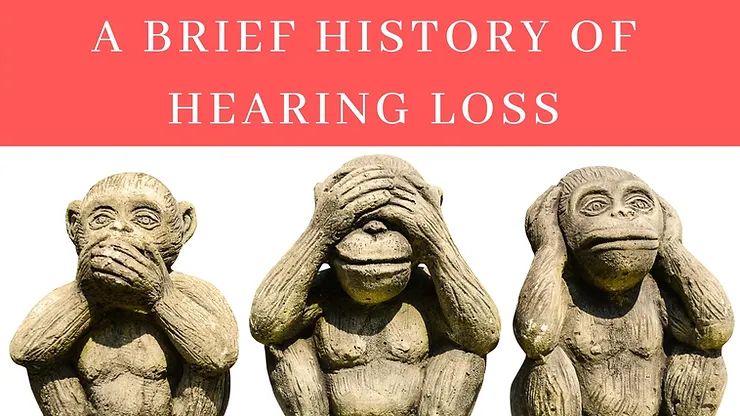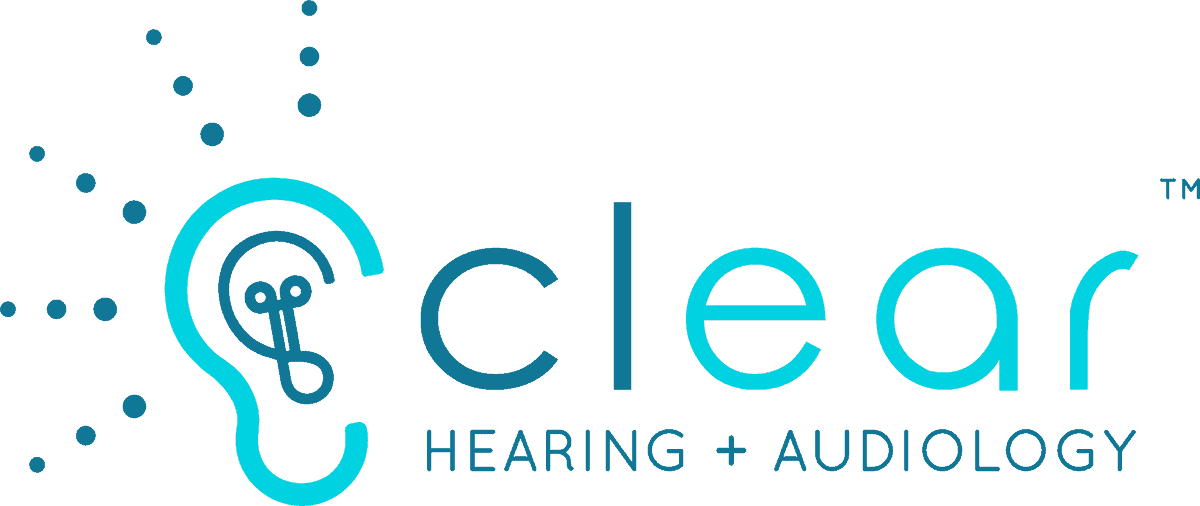
Hearing loss is such a common medical condition today, affecting nearly 1 in 5 people, that there is an entire field of study (audiology) and industry dedicated to providing effective treatment. There are vast resources, information, and access to hearing tests which quickly provide a diagnosis. But prior to the modern era we live in, where hearing loss is an established and treatable condition, how did people deal with their hearing challenges?
Earliest Evidence of Hearing Loss
Impaired hearing has impacted humans for centuries. The earliest indication of hearing loss and humans dates back to 10,000 years ago with the discovery of archaeological evidence. Skeletal remains (in Iraq) were found that showed abnormal bone growths in the ear canal. These bone growths likely impacted the person’s ability to absorb and process sound, causing hearing loss.
In addition to this skeletal evidence, there are documented references that clearly highlight the existence of hearing loss. Two examples that provide helpful insight are:
-
Egypt, 1550 BC – commonly accepted as the first documented evidence of hearing loss is the Ebers Papyrus from Ancient Egypt. The Ebers Papyrus is one of the world’s oldest medical texts which provides a range of herbal knowledge including remedies to alleviate pain as well as treat illness, and disease. This document specifically includes a remedy for “Ear that Hears Badly” which suggests symptoms related to hearing loss.
-
Greece, 350 BC – early writings of Aristotle and Plato reveal perceptions and attitudes towards people with hearing loss (and deafness). Their writings included passages like: ableist views included:
-
“ability to reason was intrinsically linked with the ability to speak” (Aristotle).
-
“if we had no voice or tongue, and wished to make things clear to one another, should we not try, as dumb [mute] people actually do, to make signs with our hands and head and person generally?” (Plato)
These writings highlight ableist perspectives that identify people who experienced hearing loss as inherently less intelligent and unable to reason. These options continued to inform public understandings of hearing loss and deafness. It also is evidence that hearing loss absolutely existed during this time period.
Past Approaches to Treatment
There are numerous ways doctors and naturopaths tried to treat hearing loss in the past. One case that highlights the various approaches that were common centers Beethoven! Widely considered one of the greatest composers of all time, Beethoven navigated hearing loss for decades in the early 1800s.
He first experienced tinnitus, a common hearing loss symptom that refers to a buzzing or ringing like noise in the ears. His hearing continued to decline until he eventually became deaf. Throughout this time, he consulted with doctors who attempted to cure his hearing loss. A few remedies he tried includes:
-
Taking cold baths
-
Consuming herbal mixtures
-
Inserting drops of almond oil in the ears
-
Self-isolation and rest
Beethoven’s experience highlights that it was common for doctors and naturopaths to experiment with odd treatments. Other ancient treatments include:
-
Bloodletting: this was a common way that doctors treated illnesses. Bloodletting is withdrawing blood from the body which was thought to be cleansing.
-
Blistering: this refers to the practice of intentionally creating and popping blisters in the ear canal. Health professionals thought this drained the bacteria in the ear that was causing the hearing loss.
These methods were not effective, as we know now, hearing loss is not curable. Over time and with the progression of technology, the most effective treatment was developed: hearing aids.
Invention of Hearing Aids
There is much evidence that suggests that people used various instruments to amplify sound to hear better as early as the 16th century. But modern-day hearing aids can be traced back to the advent of the telephone in the late 19th century. This invention and the technology it utilized paved the way for the creation of hearing aids.
In 1898, the first electronic hearing aid was launched. It used a carbon transmitter and was designed to be on desks. In 1920, the first portable hearing aids were created which drastically altered the landscape for hearing aids. As technology continued to advance, hearing aids also evolved, and continue to do so!
If you are concerned about your hearing abilities, contact us today! We can test your hearing and help you find the best hearing aid technology to address your hearing needs.
